Can Garbage Disposal And Dishwasher Be On Same Circuit? Find Out!
With power bills at an all-time high, it’s only natural for you to want to optimize electrical usage in your home.
The thought of syncing your dishwasher and garbage disposal may have crossed your mind. It’s a pretty smart idea.
So, can garbage disposal and dishwasher be on the same circuit?
Yes, your garbage disposal and dishwasher can be on the same circuit as long as the combined load doesn’t surpass 80% and you’ve got the proper breaker. It’s not an absolute necessity to link them, but it’s a smart way to prevent sink and drainage issues.
In this article, I’ll let you know everything about optimizing your kitchen appliances’ electrical setup and ensuring efficient energy usage.
Let’s dive into the details.
Circuit Requirement For Dishwasher And Garbage Disposal
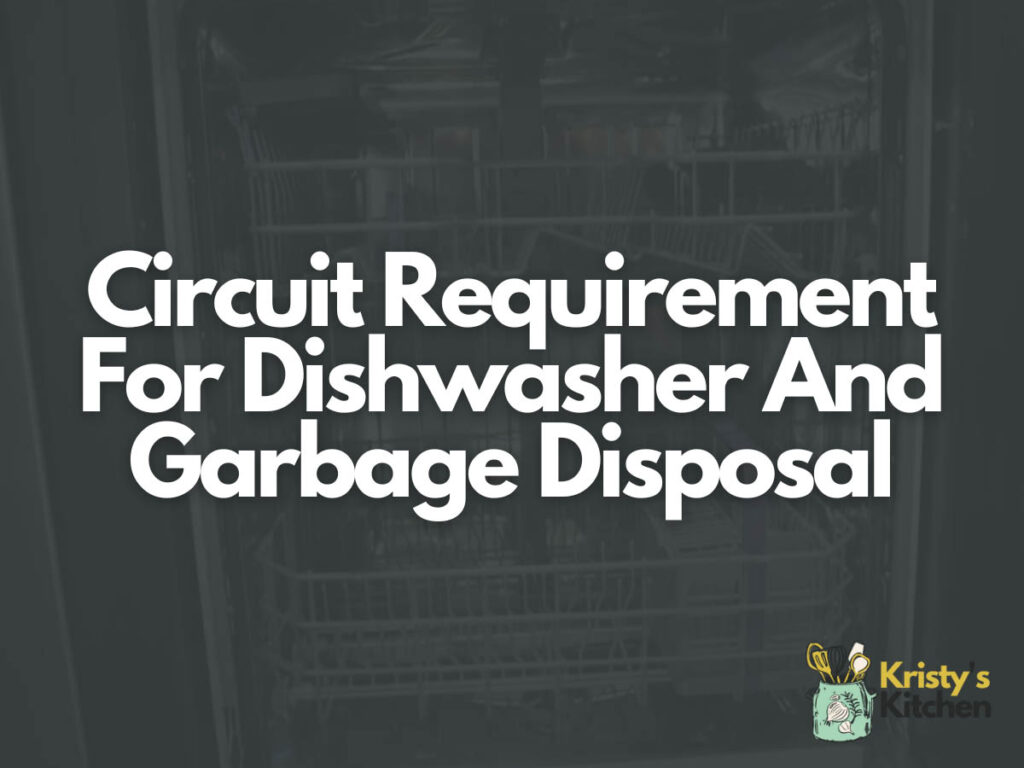
To figure out whether the garbage disposal and dishwasher can share a circuit, we need to look at their individual power needs.
You might be asking: “How much power does a garbage disposal use? How much power does a dishwasher circuit use?”
A typical garbage disposal unit usually needs around 4 to 7 amps of current to work well.
On the other hand, a dishwasher generally uses a circuit that can vary from 10 to 15 amps, depending on the model and features.
This difference in power consumption might make you wonder if sharing a circuit is a good idea.
Can Garbage Disposal and Dishwasher Be On The Same Circuit?
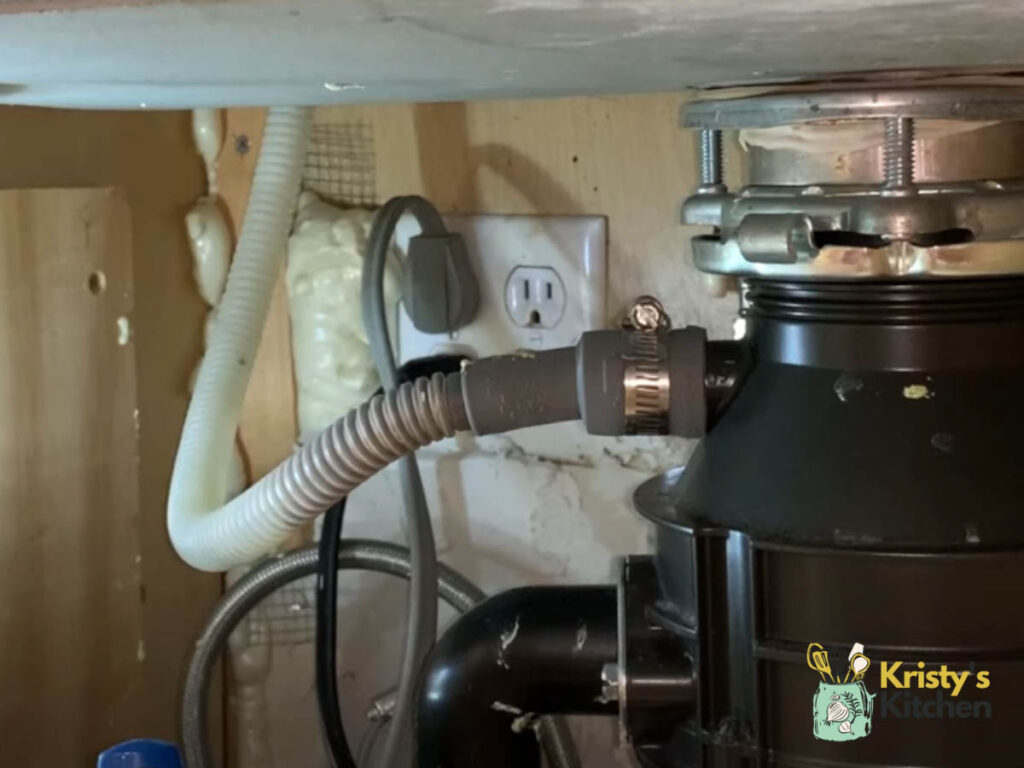
As I mentioned already in the beginning, connecting your garbage disposal and dishwasher on the same circuit can work like a charm.
Let’s talk more about that in detail.
Usually, dishwashers are better off having their own circuit. They’re the power-hungry ones in the duo.
A dedicated circuit keeps them helps any circuit-breaking.
Now, the garbage disposal? Well, it’s a bit more chill in terms of power usage.
Depending on the rules in your area, it might need its own circuit, or it could just hitch a ride with the dishwasher.
But, there’s a rule of thumb: the total amps of both combined should stay below 80 percent of the circuit’s capacity.
Dishwashers usually roll with 10 amps, and disposals go even lower, so they’ve got barely any impact on the circuit’s juice.
Honestly, hitting that 80 percent cap isn’t likely.
So, keeping this in mind, think about what feels right for your setup.
Mixing these gadgets on the same circuit can totally work, as long as you find that sweet spot where everything works smoothly and safely in your kitchen.
Can Garbage Disposal Affect Dishwasher Performance?
While you might worry about potential problems when the garbage disposal and dishwasher share a circuit, garbage disposals usually don’t directly affect each other’s performance.
What really matters is the total electrical load on the shared circuit.
If both appliances together draw more current than the circuit can handle, it might lead to the breaker tripping and causing issues.
How to Wire Dishwasher and Garbage Disposal
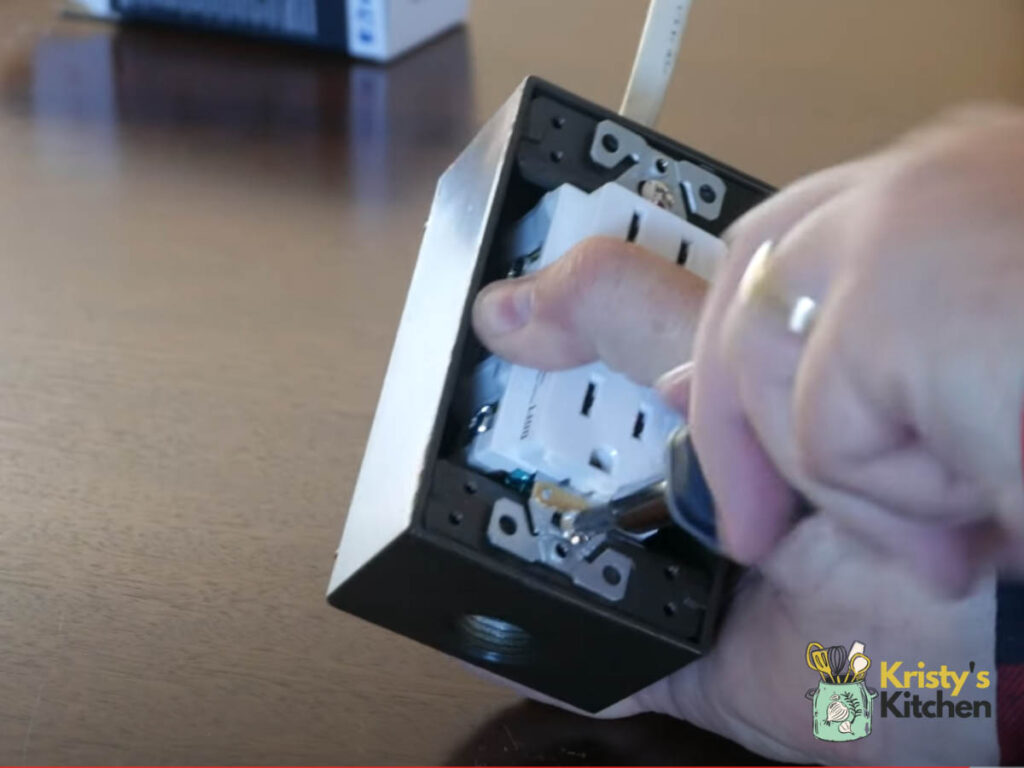
When setting up your kitchen appliances, getting the wiring right is key for safety and proper function.
Here’s a guide on how to wire your dishwasher and garbage disposal:
Step 1: Get Your Tools and Materials Ready
Before you start, make sure you have these tools and materials:
- Screwdrivers
- Wire strippers
- Wire nuts
- Electrical tape
- Cable clamps
- Junction box
- GFCI and AFCI outlets or breakers (if local codes require them)
Step 2: Turn Off the Power
Safety is the top priority. Switch off the power to the circuit from the main electrical panel to avoid accidents while working.
Step 3: Plan the Wiring Route
Plan where the wiring will go from the electrical panel to where your dishwasher and garbage disposal will be.
Make sure the wiring won’t interfere with moving parts and won’t get pinched or damaged.
Step 4: Install Junction Boxes
Put in junction boxes near where the dishwasher and garbage disposal will go.
These boxes will be where you connect the wiring.
Step 5: Connect the Wiring
Follow these steps to connect the wiring:
- Strip about 1/2 inch of copper from the wire ends.
- Use wire nuts to connect the black (hot) wires from the appliances to the black (hot) wire from the electrical panel. Do the same for the white (neutral) wires and the green or bare copper (ground) wires.
- If your local codes say you need GFCI and AFCI protection, make sure you wire in the right outlets or breakers at this point.
Step 6: Secure the Wiring
Use cable clamps to secure the wiring so it won’t move around or get pinched.
Step 7: Install the Appliances
Follow the manufacturer’s instructions to put in your dishwasher and garbage disposal.
Make sure they’re aligned and secured properly.
Step 8: Test the Circuit
Once the wiring is done and the appliances are in, turn the power back on and check the circuit.
See if both the dishwasher and garbage disposal are working as they should.
Step 9: Secure the Junction Boxes
Close up the junction boxes and make sure they’re properly secured.
This will protect the wiring connections and keep things looking neat.
Step 10: Double-Check and Finish Up
Before you consider the job done, double-check all your connections to make sure they’re tight and secure.
Dishwasher And Disposal On Same Circuit Not Working: Causes And Solutions
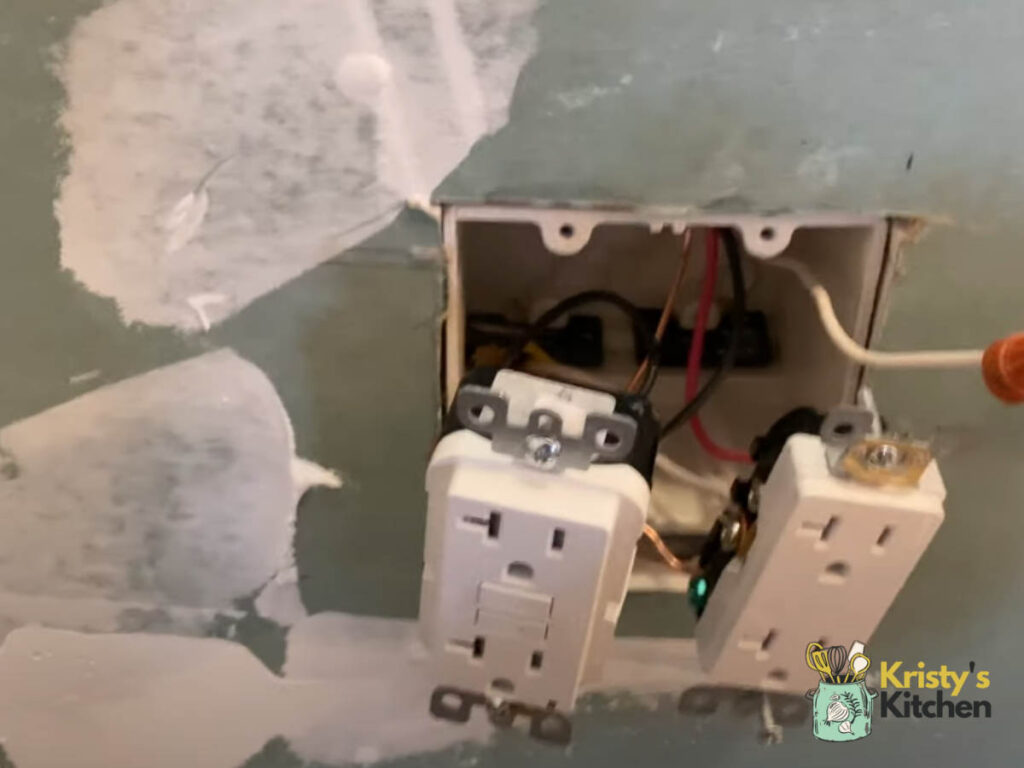
Having your dishwasher and disposal on the same circuit not working can be frustrating.
Let me walk you through the possible reasons and find solutions to address the issue.
1. Tripped Circuit Breaker
A common cause is a tripped circuit breaker due to an overload. To resolve this, reset the breaker by turning it off and on. If it continues tripping, consider redistributing the load or using separate circuits.
2. Faulty Wiring Connections
Check for loose or damaged wiring connections. Secure or replace any faulty connections to restore proper functionality.
3. Overloaded Circuit
Other devices drawing power from the same circuit can lead to overload. Temporarily turn off other devices to see if that helps, and redistribute the load if needed.
4. GFCI/AFCI Protection
Tripped Ground Fault Circuit Interrupter (GFCI) or Arc Fault Circuit Interrupter (AFCI) outlets can disrupt power. Reset these outlets and ensure they’re compatible with your appliances.
5. Faulty Appliances
If other causes are ruled out and both appliances aren’t working, internal faults might be the issue. Contact a technician for repair or replacement.
The Importance of GFCI and AFCI for Dishwasher and Garbage Disposal
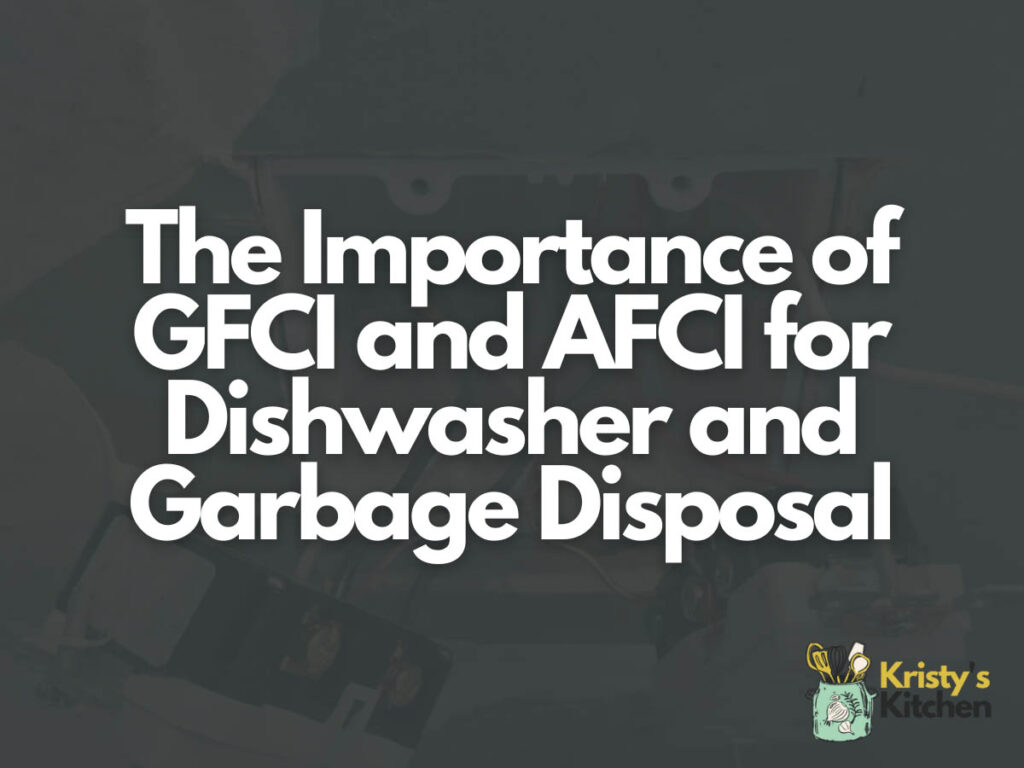
When dealing with electrical appliances in your kitchen, safety is a big deal.
Ground Fault Circuit Interrupter (GFCI) and Arc Fault Circuit Interrupter (AFCI) outlets or breakers play a crucial role in keeping both you and your appliances safe from electrical hazards.
GFCIs keep an eye on the flow of current and can quickly cut off power if they detect a problem, while AFCIs protect against arc faults that could lead to fires.
Making sure these safety measures are part of your circuit helps make your kitchen a safer place.
FAQs
What kind of outlet do I need for a dishwasher?
You’ll need a regular 120V, 15-amp outlet. A Ground Fault Circuit Interrupter (GFCI) outlet is a smart choice for safety.
Can I run garbage disposal and dishwasher at same time?
It’s better not to. To avoid tripping the breaker, use them one by one.
Should a garbage disposal be in a single or double sink?
It works in both, but it’s common to find it in a single sink setup for simplicity.
Can 2 dishwashers be on the same circuit?
Not really. Dishwashers usually need their own circuit due to their power consumption. Having two on one circuit can cause issues.
Final Thoughts
To wrap it up, sharing a circuit between a garbage disposal and a dishwasher is doable.
Just remember to consider their power requirements, local electrical codes, and safety factors.
By using the wiring techniques I’ve discussed and knowing the power needs of these appliances, you can ensure they play nicely together in your kitchen – both efficiently and safely.
